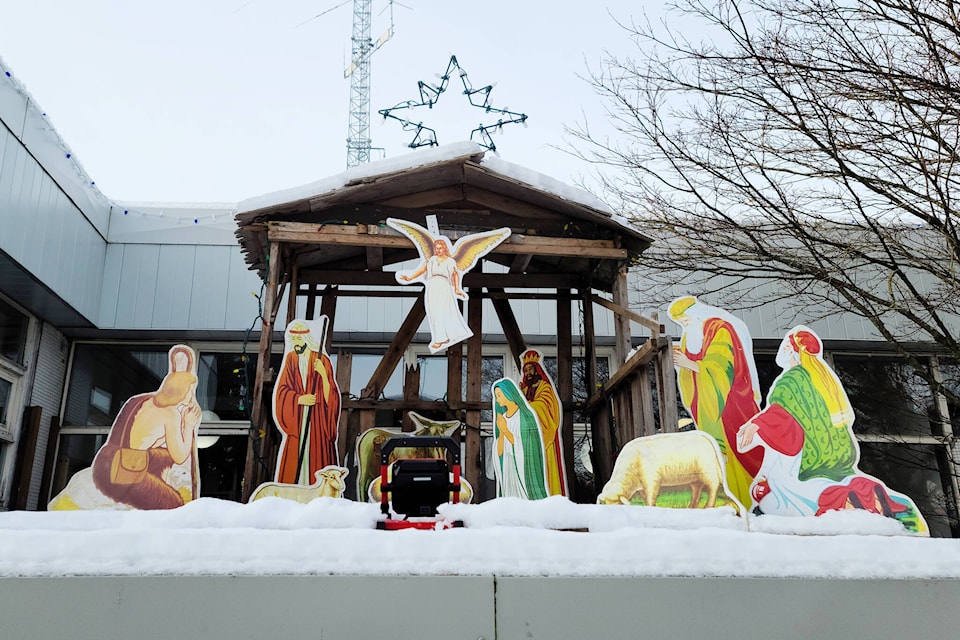By André Carrel
The City of Terrace does have the authority to reject the Knights of Columbus request to display a nativity scene on city property. That fact is not in question. What is offensive is council’s flagrant misrepresentation of a Supreme Court of Canada decision to justify its decision.
The Supreme Court’s decision in question [Mouvement laïque québécois v Saguenay (City)] dealt with the question of prayers held before council meetings. The case was first considered by Quebec’s Human Rights Tribunal, where the practice was held to be unconstitutional. That decision was appealed to the Quebec Court of Appeal where the Human Rights Tribunal’s decision was overturned on the grounds that the prayers in question were of the same nature as symbolic works of art depicting the crucifix and Sacred Heart. As such, council prayers did not offend the state’s neutrality. That decision was appealed to the Supreme Court of Canada, where the Court of Appeal’s decision was overturned, restoring the Quebec Human Rights Tribunal’s decision.
The key point of this protracted case, as it concerns a nativity scene on City of Terrace property, goes back to a request by a citizen to the Quebec Human Rights Tribunal that prayers at council meetings be stopped and that all religious symbols be removed from council chambers. The Commission investigating the complaint considered the question of prayers, making it clear, however, that it would not be investigating the question of religious symbols. The Supreme Court noted that the Human Rights Tribunal “did not have to limit itself to the evidence collected by the Commission”, that it was within its jurisdiction to admit “any evidence useful and relevant” and thus it could have considered the question of symbols. The Tribunal, however, chose not to do so.
Although the tribunal did not address the question of symbols, the Court of Appeal did so in its consideration of the Tribunal’s decision. That was central to the Supreme Court’s decision; it found that “The Court of Appeal could not simply substitute its own view for that of the tribunal without first establishing in what way the Tribunal’s findings were unreasonable, which it did not do.”
This case in its entirety, starting from the Quebec Human Rights Tribunal’s decision and concluding with the Supreme Court of Canada decision, dealt with prayers at council meetings and nothing else. This case was not concerned, directly or indirectly, with symbols. A symbol is a material object representing something immaterial. To the analytical mind, a scene depicting a man, a woman, and an infant in a barn, with a few bystanders and assorted farm animals nearby could be taken to symbolize homelessness in Terrace just as easily as it could symbolize Christianity.
The Supreme Court noted that, in matters of religious faith, “absolute state neutrality is impossible to attain,” and that “following a realistic and non-absolutist approach, state neutrality is assured when the state neither favours nor hinders any particular religious belief, that is, when it shows respect for all postures towards religion, including that of having no religious beliefs whatsoever, while taking into account the competing constitutional rights of the individuals affected.”
In closing, the city has the right to reject the Knights of Columbus request, but in doing so, democratic accountability demands that council state its own reasons for doing so instead of proffering a distorted Supreme Court decision to hide behind.
READ MORE: Knights of Columbus remain hopeful nativity scene ban will be reversed
